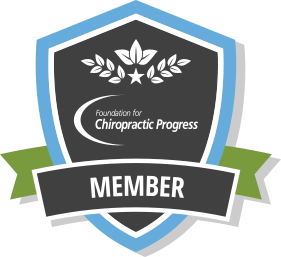In an
age of increasing specialization, decreasing availability of primary care
providers, and increasing bureaucracy in accessing care, patients need to
interact with care providers who can assess and treat their musculoskeletal
complaints. However, what is even more necessary is a focus on wellness and
health optimization. This is the wheelhouse of a chiropractor.
As
primary care professionals for spinal health and well-being, doctors of
chiropractic provide qualified, effective care that promotes health, alleviates
pain and improves quality of life. Doctors of chiropractic are extensively
educated in the assessment and management of conditions affecting the spinal
and extremity joints and associated neurology, and based on examination
findings and indication for care, the chiropractor will recommend a short
course of care to help relieve pain and improve function.
Chiropractic
patient management includes manual techniques with particular competency in
joint adjustment and/or manipulation, myofascial/trigger point therapy,
rehabilitation exercises, patient education in lifestyle and nutritional
modification, and the use of adjunctive therapeutic modalities, orthotics and
other supports.
The benefits of chiropractic
care include:
- Relief from back and neck
pain [http://lifeinmotionchiro.com/chiropractic-for-back-pain.htm] [http://lifeinmotionchiro.com/chiropractic-for-neck-pain.htm]
- Relief from headaches [http://lifeinmotionchiro.com/chiropractic-care-headaches.htm]
- Relief from
pregnancy-related backache [http://lifeinmotionchiro.com/prenatal-chiropractic-care.htm]
- Correction of hip, gait, and
foot problems [http://lifeinmotionchiro.com/active-care-rehabilitation.htm]
- Improved flexibility,
stability, balance and coordination [http://lifeinmotionchiro.com/active-isolated-stretching.htm]
- Prevention of work-related
muscle and joint injuries
- Treatment of sports related
injury [http://lifeinmotionchiro.com/sports-injury-treatment.htm]
- Improved function and ability
to better perform the activities of daily living [http://lifeinmotionchiro.com/posture-ergonomics-training.htm]
TO LEARN MORE:








